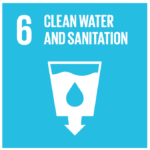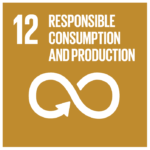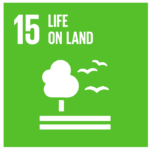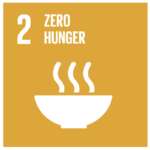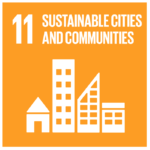
Indicator 3: Designated Site Features
A review of delivery in the first three years of the plan (2018-21) has been carried out and you can read more in our main findings. This page looks at progress in year 1 of delivery (2018/19) only.

Table shows:
- Indicator of success – Percentage of designated sites in favourable condition.
- Target – Increase from 2017 baseline of 86% of designated site features to 90% by 2023.
- 2018/19 figure – 85%
- Performance – Below target
What does this tell us?
The proportion of designated site features in favourable condition has decreased slightly to 85% against the 2017 baseline of 86%, representing lower than expected progress against the target.
A decrease, but less of a decrease, has also been seen nationally with Scotland-wide statistics showing that 79.8% of Scotland’s natural features on protected nature sites are either in or recovering towards a favourable condition, a 0.8% decrease over the 2018-19 year. This perhaps demonstrates that within the context of increasing environmental pressures (regionally, nationally and globally) maintaining the condition of our features is significant in itself. Nonetheless we see these findings as a further call to action; we recognise that our target is ambitious and more determined action is needed.
Underlying causes
There are 183 designated features within the National Park, of the 27 features (or 15%) that have a summary condition of ‘unfavourable’:
- 7 features have no feasible remedy in the short- to medium-term. This is due to the local extinction of capercaillie (3 features), declines in Arctic charr in Loch Eck (2 features), overgrazed mountain willows on Ben Lui (1 feature) and irremovable Canadian Pond weed in the Geal and Dubh Lochs.
- 20 features are resolvable within the life of the Plan and many share similar pressures, sometimes with two pressures affecting the same feature:
- 14 have challenges with over-grazing from wild deer, feral goats and livestock
- 10 have challenges with invasive non-native species, 3 of which also have native bracken problems.
- 4 have challenges with pollution or other water management problems
- 2 have challenges with under-grazing
Wild Park
If more effective control of invasive species and overgrazing is achieved, it will address most of the unfavourable features and help to bring most sites into favourable condition. Addressing invasive species and unsustainable grazing are priorities for action in the National Park Wild Park programme.

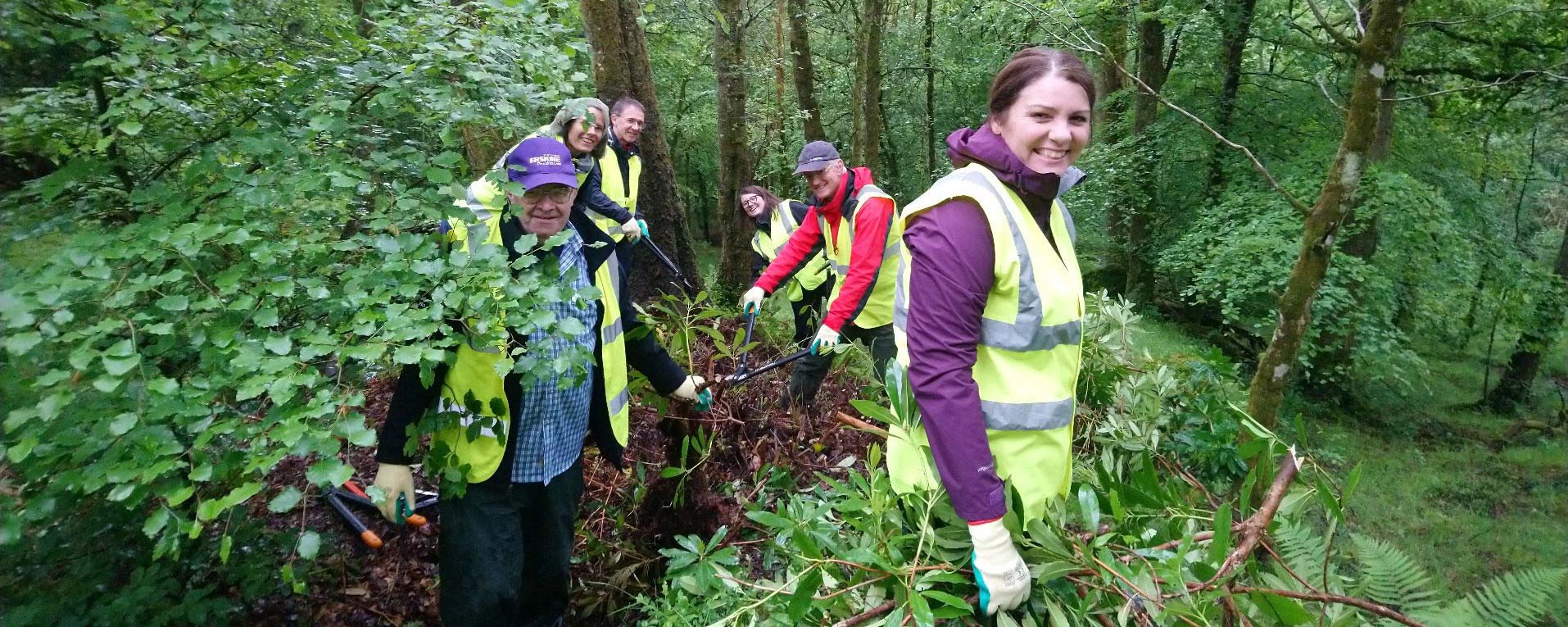
Loch Lomond & The Trossachs National Park Board members removing rhododendrons at Callander Crags in June 2019
Please note that the baseline, and correspondingly the target, has been updated from the published Plan to match the methodology of the Scotland-wide statistics for condition of protected nature sites. The original baseline only included features in favourable condition, whereas the national figures include the features recovering towards a favourable condition. Including these features for the National Park takes the baseline to 86% and the target for 2023 is now increased to from 85% to 90%.
Contribution to National Outcomes
Progress on this indicator contributes to the following National Outcomes:
Contribution to Sustainable Development Goals
Progress on this indicator contributes to the following Sustainable Development Goals:




